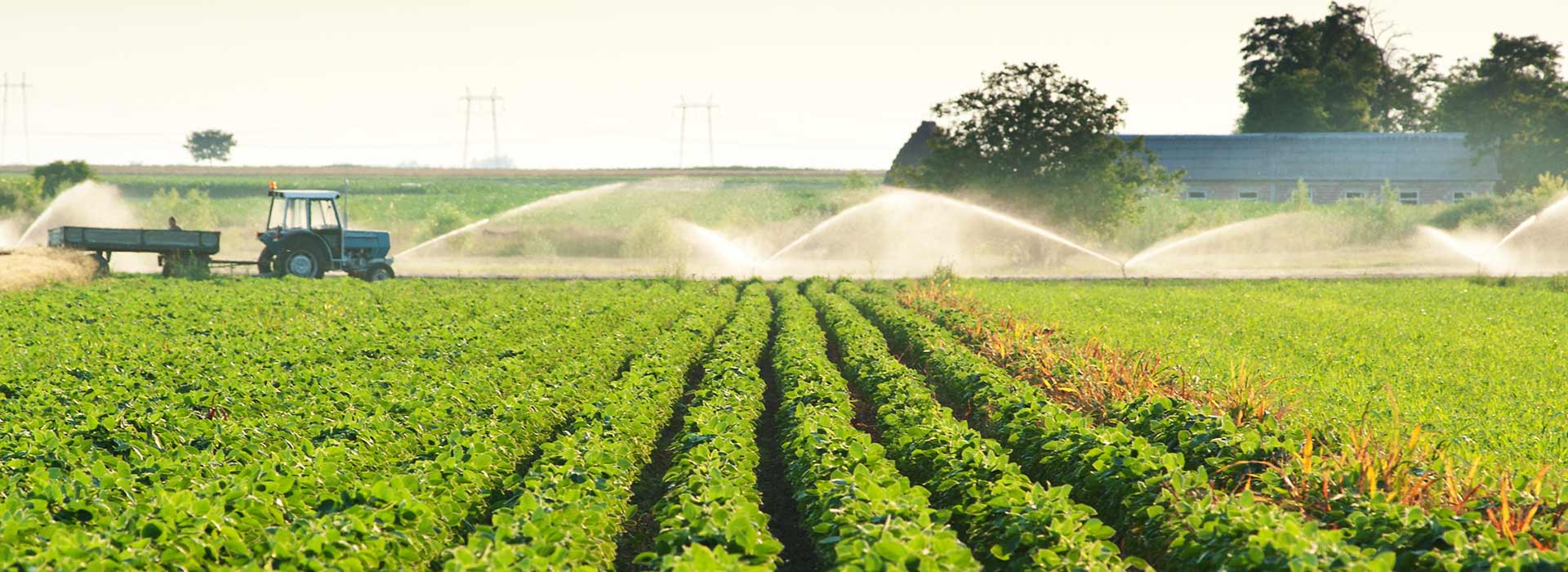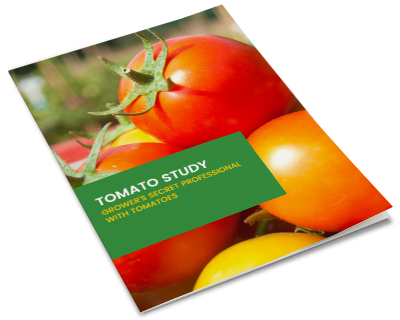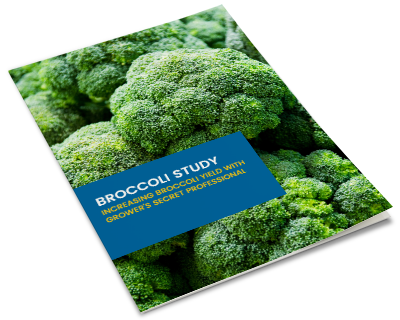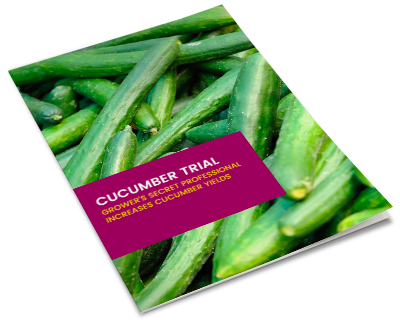|
Posted By: Wesley Chun, Ph.D. / |
Chloride - For a Plant’s Healthier Moments
Introduction
Chlorine is the 12th most abundant element in nature comprising 0.017% of the earth’s crust. It was first discovered in 1774 by Carl Wilhelm Scheele and named in 1810 by Sir Humphrey Davy who proved that it was unique element. It is found as NaCl in oceans (about 1.9% of the oceans’ mass are chlorine atoms) and in the earth’s crust as the minerals halite (NaCl), carnallite (KMgCl3·6(H2O), and sylvite (KCl). In pure form, chlorine exists as a diatomic molecule (Cl2), a dense, greenish yellow gas that can be fatal in high concentrations. Chlorine is the second element in the 17th group of the periodic table, a group known as the halogens (Gr. hals=salt, gen=to make). The halogens all form acids when combined with hydrogen, and are toxic. And they combine with metals to form salts, and are highly reactive (strong oxidizer). In WWI, chlorine was used as a terrifying weapon of mass destruction. Today, chlorine is a widely produced chemical in the US and is used in a variety of beneficial ways from sterilizing drinking water, disinfecting swimming pools, and in the manufacture of paper, textiles, medicines, paints, and plastics.
Chlorine is the second most recent chemical to be listed as an essential element for plants It is available to plants in its soluble form chloride (Cl-) and is taken into plants at levels comparable to macronutrients. The first recorded use of chloride as a fertilizer occurred in the mid 1800’s with the use of NaCl to stiffen barley straw. It was shown to be “beneficial if not essential” for buckwheat in 1937. In the 1940’s significant yield increases of tomatoes, cotton, and sugar beets were demonstrated with the addition of chloride. In 1954 Cl- was recognized as an essential nutrient when Broyer and others controlled chloride concentrations well enough to show nutritional deficiency symptoms in tomatoes, lettuce, and cabbage that were reversible when supplied with chloride. The benefits of chloride fertilization was clearly demonstrated in the 1970’s by researchers in the upper Midwest of the US, Philippines, and Europe. This sparked an interest in chloride fertilization in deficient areas, especially with Cl- responsive crops.
Chloride in Plants
Chlorine is found free as the dissociated ion chloride (Cl-), and bound to over 130 organic compounds in higher plants and ferns. The amount of chloride varies with different plants. High concentrations can be found in tolerant plants such as barley, rape, and sugar beet. Intermediate levels are found in grasses, potatoes, and wheat. Certain plants such as beans, clovers, peas and other legumes are Cl- sensitive.
Since very little Cl- is needed in plant tissues for growth, Cl- fertilization is usually not an issue in agricultural production. The range of Cl- found in plant tissues ranges between 200 to 20,000 ppm and varies depending on the plant and soil fertility where the plant is growing. More active, well fertilized plants have higher Cl-concentrations in their tissues. In general, tissue Cl- concentrations of <100 ppm, 100-500 ppm, and 500- 1000 ppm are considered deficient, intermediate, and toxic, respectively. While plants can accumulate Cl- foliarly and from the atmosphere, tissue concentrations are more closely related to supplied or soil concentrations of chloride.
Chloride is important in the function of several organic molecules in plants. In photosynthesis, a chloride bound chlorophyll is involved in splitting water to generate oxygen. Chloride is required for optimal enzyme activity of amylase, asparagine synthetase, and ATPase. Chlorinated indole-3-acetic acid (IAA) appears to be resistant to degradation in some legumes as hypocotyl elongation rates are faster than plant produced IAA. Functions of Cl- are yet to be determined with the other 130 chloride compounds that have been identified.
Chloride has an osmoregulatory function. Transport into the tonoplast increases tissue hydration and turgor pressure to facilitate cell elongation, and growth in rapidly expanding tissues of roots and shoots. Chloride, potassium and malate play significant roles in the opening of stomatal guard cells. When external Cl- supply is low, malate synthesis occurs and replaces the need for Cl- influx. Stomatal guard cells in some plants (ex. onion (Allium cepa L.) are unable to synthesize malate. In these plants,
Cl- influx is essential for stomatal cell opening. At high concentrations in the plant, Cl- is the main osmoticum in the vacuoles of bulk tissue. At low concentrations, it may be confined to specialized tissues or cells such as the extension zones of roots and shoots. Chloride has been observed to compete with nitrate uptake which in turn increases ammonium uptake. This may be a mechanism by which disease severity is reduced since limiting nitrate in the plants limits a nitrogen source that can easily be used by pathogens.
Chloride fertilization can suppress certain diseases in asparagus (Fusarium crown and root rot), barley (common root rot, Fusarium crown and root rot, and spot blotch), celery (Fusarium yellows), coconut palm (gray leaf spot), corn (stalk rot), durum (common root rot), pearl millet (downy mildew), spring wheat (leaf rust, Septoria leaf spot, and tan spot), table beets (Rhizoctonia crown and root rot), and winter wheat (leaf spot, leaf rust, stripe rust, Take-all disease). A possible mechanism is increased chloride supply decreases organic acids exuded from roots depriving soil borne pathogens of a food supply.
The chloride - nitrate relationship is important to consider for salt sensitive crops such as avocado and citrus which are often irrigated with saline water. Supplemental nitrate fertilizers can be used to mitigate Cl- toxicity symptoms.
Chloride in Soils
Natural inputs of chloride come from rainwater, irrigation waters, sea spray, dust, and air pollution. Human practices such as irrigation with saline water and use of chloride containing fertilizers can contribute significant Cl- inputs. Chloride content of rainwater depend on proximity to salt water and varies greatly from 0.4 to 3000 ppm. Deposition ranges between 1 and 100 kg/ha/yr. Saline irrigation waters range from 2-30 mM (705 - 10,500 ppm). Low salinity irrigation water can easily deposit 1,000 kg Cl-/ha/yr.
Table 1. USGS Parameters for Water Salinity
|
Category |
Salt Content (ppm) |
|
Fresh Water |
<1,000 |
|
Slightly Saline Water |
1,000 - 3,000 |
|
Moderately Saline Water |
3,000 - 10,000 |
|
Highly Saline Water |
10,000 - 35,000 |
Note: Ocean water contains 35,000 ppm salt.
Chlorine is available in soils in the water-soluble chloride (Cl-) form. Soil content varies greatly different regions. Normally, soil has 8 - 10 ppm chloride. Since Cl-concentrations that are less than 15 ppm are considered low, a positive response to chloride fertilization is expected, especially with crops with demonstrated need.
Chloride show little affinity towards absorption to soil components and does not readily form complexes. Chloride is introduced with plant litter and can be subject to leaching once tissue degradation and mineralization of Cl- has occurred. Traditional thought thus believes that Cl- movement is determined by water flow and low soil concentrations can be created via leaching. However, in situations where leaching is low, organic matter can be a significant Cl- sink especially since very low concentrations of Cl- can have significant influence on plant growth. High concentrations of Cl- can occur when evaporation exceeds rainfall especially in locations affected by salt water sources.
Chloride Deficiency Symptoms
Chloride is abundant in nature and deficiencies are seldom observed. However,
Cl- deficiencies may occur in sandy oils with high rainfall or heavy irrigation. Common symptoms observed in plants are blotchy leaf chlorosis (mottling) and necrosis. Leaves exhibit distinct and abrupt boundaries between the affected and healthy tissue. Leaflet blade tips may wilt, accompanied with chlorosis. Severe deficiency may result in bronzing and wilting of leaves typically because of highly branched roots with stubby tips. However, bronzing and wilting are less reliable and other causes should be considered.
Certain plants such as alfalfa (Medicago sativa L.), barley (Hordeum vulgare L.), beans (Phaseolus vulgaris L.), buckwheat (Fagopyrum esculentum Moench), cabbage (Brassica oleracea var capitata L.), carrot (Daucus carota L.), corn (Zea mays L.), lettuce (Lactuca sativa L.), red clover (Trifolium pratense L.), tomato (Lycopersicon esculentum Mill.), sugar beet (Beta vulgaris L.), and wheat (Triticum aestivum L.) are susceptible to chloride deficiencies. Physiological leaf spot of wheat, which is similar in appearance to tan spot and Septoria leaf blotch disease (but without pathogens), is due to a Cl- deficiency. Other plants such as squash (Praecitrullus fistulosus Pang.) growing under the same Cl- limiting conditions do not show signs of chlorine deficiency but are still able to accumulate chlorine, presumably from the air.
Several investigators have reported symptoms unique to the plants. Cabbage does not smell like cabbage. Chloride deficiency in tomato, lettuce, and cotton plants starts with a wilting of the leaflet blade tips followed by progressive chlorosis, bronzing and necrosis. Roots may branch extensively and have stubby club-shaped tips. A Cl- deficiency in spinach results in reduced growth with smaller, narrower, wrinkled leaves with curled edges. Stem and lower leaf petioles accumulate anthocyanins while leaf blades have higher chlorophyll levels. Roots are smaller and have a herringbone appearance. Sugar beet also have herringbone roots, and young leaves develop small yellowish spots with interveinal areas greener that areas near veins. There is an upward cupping of the leaf blade at the midrib. Depending on the plant, premature wilting may occur.
Fertilizing with Chloride
First check to make sure the soil is neutral except for plants like azaleas and blueberries that require an acid pH. Make sure the soil is not waterlogged or too dry, not compacted, but has organic matter. Test to make sure that you can use KCl (muriate of potash or potassium chloride) especially if you are an organic grower.
Use 30-100 pounds chloride per acre per year in deficiency areas if growing
Cl- responsive crops with split applications. Common chloride containing fertilizers include potassium chloride, magnesium chloride, ammonium chloride, and calcium chloride.
Crop Responses to Chloride
The most common response to Cl- fertilization is improvement in the quality of plants, remediation of deficiency symptoms, and improvement of tolerance toward pathogen and pest attack. Yield improvement can be obtained in areas such as the Great Plains of the US, where natural sources of Cl- are insufficient. For example, fertilization with KCl resulted in an 8.4% yield increase in winter wheat, 4.3% in corn, and 9.8% in grain sorghum. While not spectacular, the results are notable in obtaining those improvements where Cl- soil and tissue levels are low, and there is high foliar and root fungal disease pressure.
Chloride Toxicity Symptoms
Initially, chloride toxicity symptoms held the most attention. It was observed in many field, vegetable, and fruit crops, especially in areas impacted by salt, such as coastal soils and plants growing near swimming pools. Symptoms typical of salt damage occur. There is curling of leaf margins, marginal leaf scorch and necrosis, smaller leaves, reduced plant growth, and excessive leaf abscission. An early symptom in conifers is mottling of needles followed by needle death. For most other plants, older leaves show symptoms first then the entire foliage. Dieback of terminal axis and small branches may occur with severe toxicity. Symptoms can occur in absence or presence of sodium. Toxicity symptoms can vary with a crop’s tolerance to chlorine. For example, corn is less likely to exhibit Cl- toxicity symptoms than soybean growing under the same conditions.
Summary
Chloride can be a yield and growth limiting nutrient having a variety of physiological functions in plants such as osmotic regulation, stomatal regulation, oxygen evolution in photosynthesis, and disease resistance and tolerance. The low Cl- concentrations needed by most plants are often met by irrigation, rain, and air pollution. In the past, greater concern has been given to chlorine toxicities than deficiencies. However, with a better understanding of Cl- requirement by plants and recognition of chloride limiting situations, there are obvious benefits with chloride fertilization.







